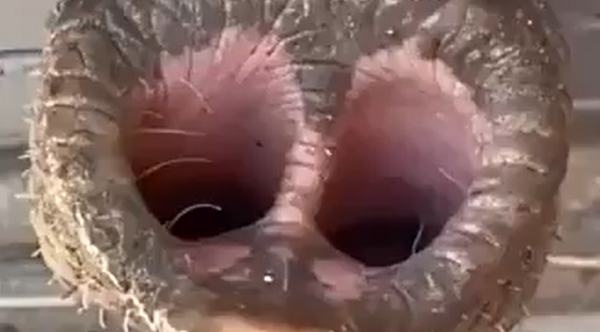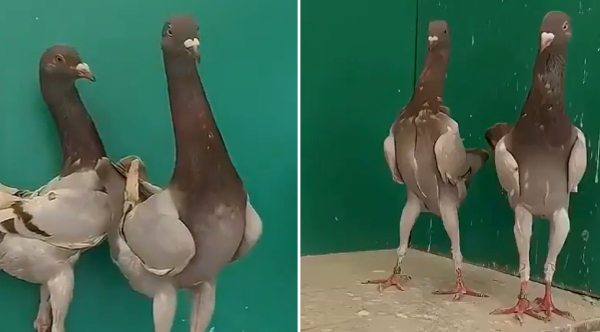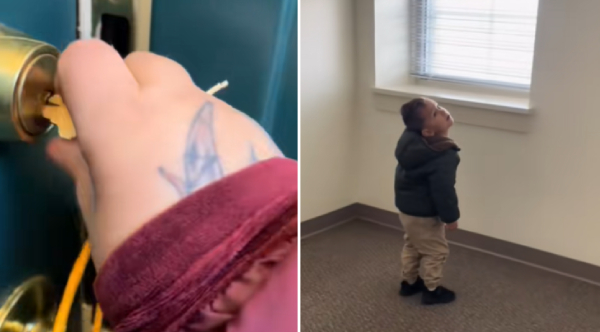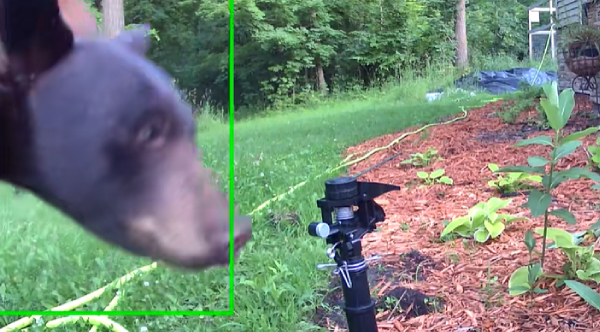Scientists Grew A Beating Human Heart In The Laboratory Using Stem Cells
March 22, 2016
A team of researchers have successfully grown a beating human heart in the laboratory using stem cells.
Right now, there are 4,186 people waiting for a heart transplant in the U.S., but with a huge donor shortage not all of these patients are likely to survive. Growing transplantable hearts in a laboratory has been a long-standing dream within the medical community, and a study in the journal Circulation Research has moved it one step closer to reality.

Bernhard Jank, MD, Ott Lab, Center for Regenerative Medicine, Massachusetts General Hospital
Previous research has shown how 3D printers can be used to manufacture 3D heart segments using biological material. Although vacant of any actual heart cells, these structures provided the "scaffold" on which heart tissue could be grown. Now, a team from both Massachusetts General Hospital (MGH) and Harvard Medical School has taken this scaffolding concept and combined it with stem cells for some truly spectacular results.
The main problem with heart transplants, other than a lack of donors, is that there’s a chance that the receiver’s body will reject the new organ.
For this study, 73 human hearts deemed unsuitable for transplantation were carefully immersed in solutions of detergent in order to strip them of any cells that would provoke this self-destructive response. What was left was a matrix (or “scaffold”) of a heart, complete with its intricate structures and vessels, providing a new foundation for new heart cells to be grown onto.
This is where stem cells come in.
After just two weeks, the networks of lab-grown heart cells already resembled immature but intricately structured hearts. The team gave them a burst of electricity, and the hearts actually started beating.
"Among the next steps that we are pursuing are improving methods to generate even more cardiac cells," said Jacques Guyette, a biomedical researcher at the MGH Center for Regenerative Medicine and lead author of the study, in a statement. Although this study manufactured a whopping 500 million stem cell-derived heart cells for the procedure, regrowing a whole heart would actually take "tens of billions," Guyette added.
So despite falling short of growing an entire, mature human heart in a laboratory from a patient's own cells, this is the closest anyone has come to date to reaching this goal – and that in itself is a breathtaking achievement.
via IFLScience
Click Here For The Most Popular On Sunny Skyz
 Couple Rescues Prairie Dog From Their Dog's Mouth, Then Decides To Adopt It
Couple Rescues Prairie Dog From Their Dog's Mouth, Then Decides To Adopt It
 My Girlfriend Gifted Me My FatherŌĆÖs Handwriting To Keep Forever
My Girlfriend Gifted Me My FatherŌĆÖs Handwriting To Keep Forever
 We CanŌĆÖt Stop Looking At These Adorable Baby Loon Photos Taken On A Lake
We CanŌĆÖt Stop Looking At These Adorable Baby Loon Photos Taken On A Lake
 This Couple Built A Grass Patch For Their Cat, And SheŌĆÖs Obsessed With It
This Couple Built A Grass Patch For Their Cat, And SheŌĆÖs Obsessed With It
 This All-Black ŌĆśGoth HouseŌĆÖ In Indiana Is Going Viral. Wait Until You See The Inside
This All-Black ŌĆśGoth HouseŌĆÖ In Indiana Is Going Viral. Wait Until You See The Inside
 Meet Igor: The Fluffy Poltergeist Dog With The Most Unhinged Adoption Bio Ever
Meet Igor: The Fluffy Poltergeist Dog With The Most Unhinged Adoption Bio Ever
 Baby ElephantŌĆÖs Trunk Steals The Show In Adorable Treat Time Video
Baby ElephantŌĆÖs Trunk Steals The Show In Adorable Treat Time Video
 What Happens When A Man With A Hose Meets A Group of Kids? Pure Magic
What Happens When A Man With A Hose Meets A Group of Kids? Pure Magic
 Chicken Or Pigeon? The Internet CanŌĆÖt Believe This Bird Is Real
Chicken Or Pigeon? The Internet CanŌĆÖt Believe This Bird Is Real
 Mom Surprises 4-Year-Old Son With First Apartment After 14 Months In Homeless Shelter
Mom Surprises 4-Year-Old Son With First Apartment After 14 Months In Homeless Shelter
 Bear Vs. Sprinkler: Hilarious Garden Moment Caught On Camera
Bear Vs. Sprinkler: Hilarious Garden Moment Caught On Camera
